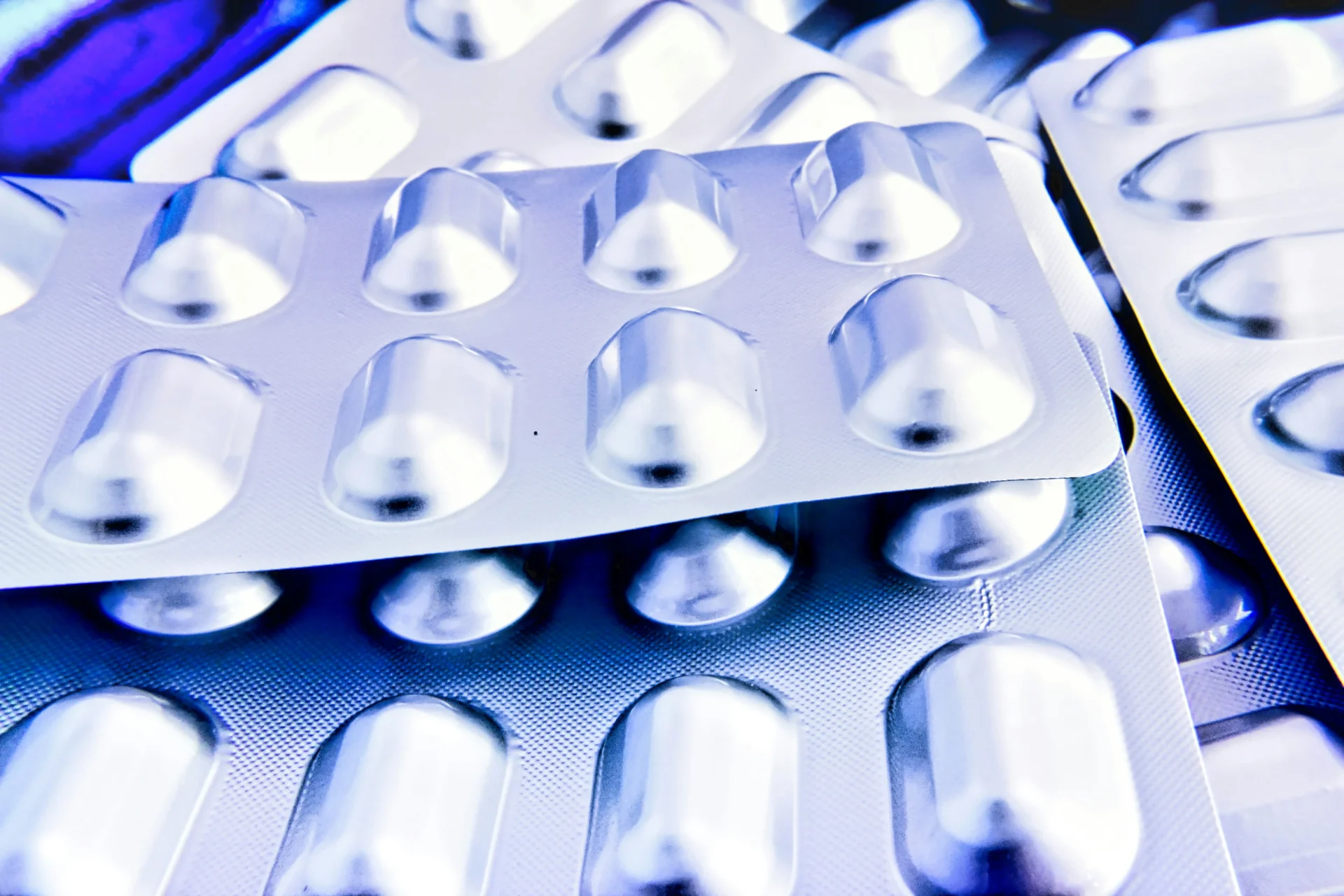Vacuum Decay v Bubble Testing: An Introduction
In the fast-paced world of modern manufacturing, the integrity of product packaging plays a pivotal role in ensuring consumer safety, regulatory compliance, and brand reputation. From pharmaceuticals and medical devices to food, beverage, and consumer products, airtight and leak-proof packaging is non-negotiable.
Among the various methods available for package integrity testing, vacuum decay and bubble testing are two of the most prominent. Each has unique strengths, limitations, and ideal use cases. This article explores the key differences and comparative performance of these two testing methods, helping stakeholders make informed decisions.
Industries that rely heavily on integrity testing include pharmaceuticals and medical packaging, food and beverage, and consumer products. Their requirements vary, but the need for reliable, efficient and compliant leak detection is a universal priority.
Understanding Vacuum Decay Testing
Vacuum decay testing is a deterministic, non-destructive method for detecting leaks in sealed packaging. The process involves placing the package in a sealed chamber and drawing a vacuum. The system then monitors for changes in pressure that indicate a leak.
Devices such as the MediTEST system from DynaScan exemplify the effectiveness of vacuum decay testing. With modular design and front-loading trays, MediTEST systems can test two, four, or ten pouches simultaneously. This allows for custom configurations tailored to specific applications. MediTEST systems can detect holes as small as ten microns within seconds, offering high sensitivity.
Unlike some traditional tests, vacuum decay does not damage the product, allowing it to be returned to the production line. This reduces waste and cost. The systems support automation and compliance features such as data logging, 21CFR Part 11 support, and graphical test data analysis, making them suitable for modern quality assurance environments.
Though user-friendly, operators may require initial training to understand system settings and software. Also, the high precision instruments like MediTEST may involve higher upfront costs.
Exploring Bubble Testing
Bubble testing (or bubble emission testing) is a visual method where the packaging is submerged in water, and a vacuum is applied. If there’s a leak, air escapes from the packaging in the form of bubbles.
DynaScan’s LeakVIEW range includes both automatic and manual bubble testing systems. The LeakVIEW Automatic features a touchscreen interface for method development and graphical output for simulations, while the manual version is operated via a simple selector lever, needing no electrical connection or calibration. Water is not required for altitude simulation or burst testing.
Bubble testing is often used in food packaging, sealed consumer products with headspace, and lower-volume, manual inspection scenarios. It is simple and cost-effective. Manual systems like the LeakVIEW Manual require minimal training or infrastructure and provide visual confirmation of leaks.
However, results can vary based on operator interpretation, lighting, and ambient conditions. Products submerged in water often cannot be reintroduced into the production line. Additionally, smaller leaks may go undetected.
Vacuum Decay v Bubble Testing: A Comparison
Vacuum decay excels at detecting micro-leaks down to 10 microns. Bubble testing is less sensitive and may not detect minor leaks. Vacuum decay is non-destructive, preserving product integrity. Bubble testing usually renders the sample unusable.
Vacuum decay testing is recognised as a deterministic method compliant with USP <1207> and Annex 1 of the EU GMP. Bubble testing, being probabilistic, is generally less preferred by regulators.
Bubble testing equipment is more affordable and suitable for budget-conscious operations. Vacuum decay systems involve higher initial investment but lower long-term operational costs through automation and reuse.
Bubble testing is user-friendly and suitable for manual use. Vacuum decay systems require a brief learning curve but offer digital interfaces like MediTEST’s graphical output for ease of operation. Automated vacuum decay systems integrate well with production lines. Bubble testing suits small-scale or manual operations.
For pharmaceutical packaging, vacuum decay is ideal due to regulatory compliance and high sensitivity. In food and beverage, bubble testing remains popular for visible seal integrity and cost-effective testing. In consumer goods, either method may be appropriate depending on sensitivity and product value.
Industry Trends and Choosing the Right Method
Regulators and manufacturers are shifting from subjective, probabilistic methods like bubble testing toward deterministic systems such as vacuum decay. Modern vacuum decay systems like MediTEST support data logging, analytics, and compliance features that align with smart manufacturing and Industry 4.0.
Features like MediTEST’s self-adjusting sensors, modular design, and multi-sample capabilities are redefining what vacuum decay systems can offer. While bubble testing is losing favour in regulated sectors, its simplicity keeps it relevant in less stringent environments.
When choosing a method, consider the product type, regulatory requirements, throughput volume, and budget. Vacuum decay is ideal for rigid or semi-rigid packaging and high-sensitivity testing. Bubble testing works for flexible packaging with visible seams and lower stakes.
High-volume operations benefit from scalable automated vacuum decay systems. Manual bubble testing suits low throughput and budget-conscious needs. If long-term ROI and precision are key, vacuum decay is the better option.
Summary
Vacuum decay and bubble testing both serve valuable roles in packaging integrity testing. Vacuum decay provides high precision, non-destructive testing and regulatory compliance, making it suitable for pharmaceutical and high-value products. Bubble testing offers a simple, cost-effective solution for less sensitive applications.
Choosing the right method depends on balancing sensitivity, compliance, throughput, and cost. With advanced solutions like DynaScan’s MediTEST and LeakVIEW, manufacturers across sectors can find a reliable fit for their quality assurance needs.
FAQs
Is vacuum decay testing always better than bubble testing?
Not always. Vacuum decay is more precise and compliant but bubble testing is more cost-effective for basic applications.
Can both methods be used together?
Yes. Some facilities use vacuum decay for critical points and bubble testing for routine or early-stage checks.
How accurate is vacuum decay compared to other deterministic tests?
Vacuum decay is one of the most accurate and widely accepted deterministic methods.
Is bubble testing still accepted by regulators?
It is generally less favoured, especially in pharmaceutical sectors, but may be acceptable for non-critical applications or in combination with other tests.




